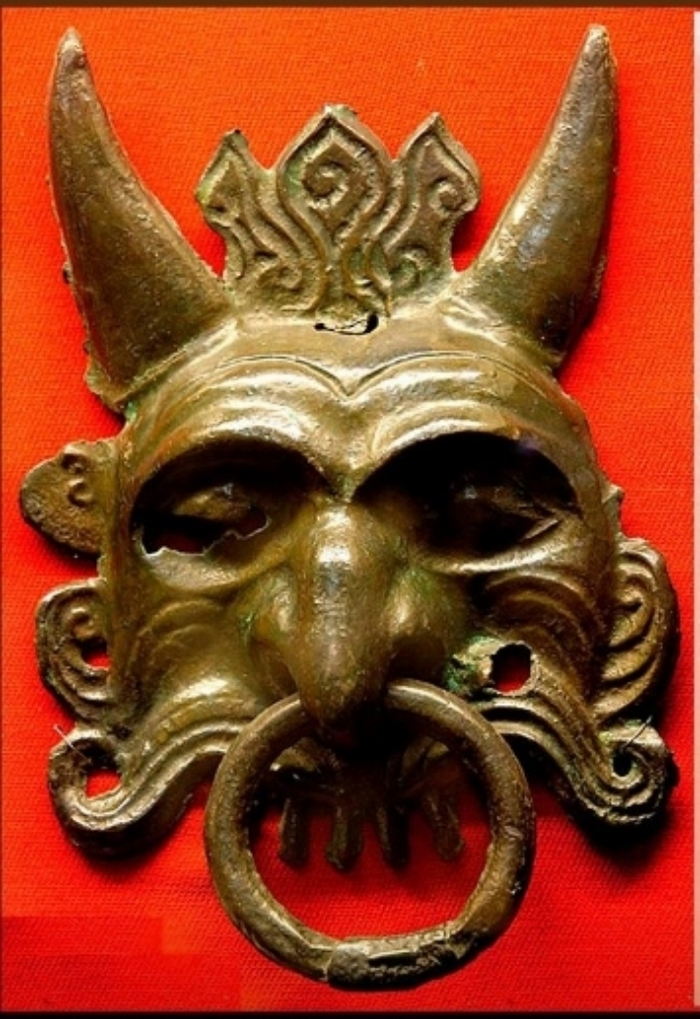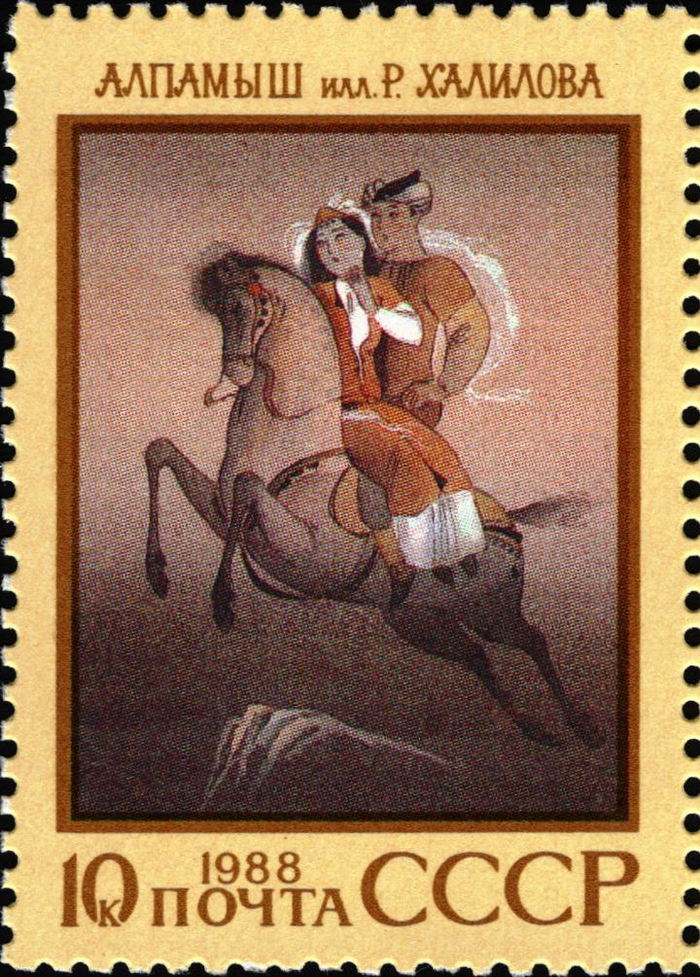Turkic mythology is a fascinating world filled with mythical creatures and legendary figures. From powerful warriors to divine gods and goddesses, these mythological figures have played an important role in shaping the culture and traditions of the Turkic people. In this article post, we will introduce you to 10 of the most prominent Turkic mythological figures, their stories, and additionally their significance.
10 – Alp Er Tunga – The Legendary Warrior
The Alp is a legendary warrior known for their strength and bravery. They are often depicted as fierce fighters who are willing to lay down their lives for their people and their beliefs. In Turkic folklore, Alp is a symbol of courage and resilience, and additionally their legend has been passed down through generations as an inspiration to many.
09 – Asena – The She-Wolf
Asena is a she-wolf who is said to have given birth to the first Turkic people. According to legend, she came down from the heavens to help a wounded soldier, and after nursing him back to health, she mated with him and gave birth to ten half-human, half-wolf sons. Asena is especially considered a powerful symbol of strength and fertility in Turkic culture.

08 – Erlik – The God of the Underworld and Death
Erlik is a god of the underworld and death in Turkic mythology. He is often depicted as a dark, shadowy figure who rules over the realm of the dead. According to legend, he is responsible for judging the souls of the deceased and determining their fate in the afterlife. Erlik is a symbol of mortality and the cycle of life and death.
07 – Umay – The Goddess of Fertility and Motherhood
Umay is the goddess of fertility and motherhood in Turkic mythology. She is often associated with the earth and is considered a symbol of fertility and abundance. According to legend, Umay is responsible for nurturing the crops and animals, and is a powerful figure who is revered by many women.
06 – Ayaz Ata – The Frost Father
Ayaz Ata is a deity in Turkic mythology and is associated with winter and cold weather. He is believed to be the father of frost and snow, and is revered as a powerful figure who controls the weather. Ayaz Ata is also a symbol of resilience and endurance, and is respected by the Turkic peoples for his ability to withstand harsh conditions.
05 – Oghuz Khan – The Founder of the Oghuz Turkic People
Oghuz Khan is the legendary founder of the Oghuz Turkic people. According to legend, he was a wise and just ruler who was able to unite the various Turkic tribes under his leadership. Oghuz Khan’s legend has been passed down through generations as a symbol of the importance of unity and leadership in Turkic culture.
04 – Kayra – The God of Fate and Destiny
Kayra is a god of fate and destiny in Turkic mythology. He is often associated with the concept of free will and the choices that we make in life. According to legend, Kayra is responsible for weaving the tapestry of life and determining the fates of all beings. He is a symbol of the inevitability of fate and the importance of making wise choices in life.
03 – Ay Ata – The Moon Father
Ay Ata is the god of the moon in Turkic mythology and is worshiped for his ability to control the tides, the seasons, and the cycles of life. He is depicted as a wise and benevolent figure who brings light and guidance to the world.

02 – Alpamysh – The Hero
Alpamysh is a legendary hero in Turkic mythology and is known for his courage, wisdom, and strength. He is often depicted as a skilled horseman and warrior who fought for justice and freedom. The story of Alpamysh is an important part of the Turkic oral tradition and has been passed down through generations.
01 – Kok Tengri – The Sky God
Tengri is the sky god in Turkic mythology. He is often associated with the heavens and is considered a symbol of the infinite and the eternal. According to legend, Tengri is responsible for creating the world and all living beings, and is a powerful figure who is revered by many. Kök Tengri is often depicted as a majestic figure who controls the elements and brings rain, wind, and sunshine to the world altogether.
FAQs about Turkic Mythology
Q: What is the role of shamanism in Turkic mythology?
A: Shamanism has played a significant role in Turkic mythology, as it was the traditional religion of the Turkic peoples before the introduction of Islam. Shamanism influenced the beliefs and practices of the Turkic peoples, and many of the stories and characters in Turkic mythology reflect shamanistic beliefs and rituals.
Q: Are these legendary creatures still believed in today?
A: While many people no longer believe in these creatures as real beings, their stories and significance continue to be an important part of Turkic folklore and cultural heritage.
Q: How were these creatures originally created?
A: Like many mythological creatures, their origins are unclear and likely stem from a combination of folklore, cultural beliefs, and imagination.
Q: Are these figures still worshipped in modern-day Turkic culture?
A: While many of these figures are still recognized and celebrated in modern-day Turkic culture, they are not necessarily worshipped in the traditional sense. However, their stories and legends continue to inspire and influence the culture and traditions of the Turkic people.
Q: Are there any books or resources available for learning more about Turkic mythology?
A: Yes, there are many books and resources available for learning more about Turkic mythology. For example, “The Book of Dede Korkut” which is a collection of Turkic epic stories.
Q: How has Turkic mythology influenced other cultures?
A: Turkic mythology has had a significant influence on the cultures of many neighboring regions, including Central Asia, the Middle East, and Europe. Many of the Turkic mythological figures, such as the hero Alpamysh, have been incorporated into the folklore and literature of these regions.
Q: Are there any similarities between Turkic mythology and other mythologies?
A: Yes, there are many similarities between Turkic mythology and other mythologies, particularly those of neighboring regions. For example, the figure of the phoenix in Turkic mythology shares many similarities with the phoenix in Greek mythology, while the sky god Tengri is similar to the god Zeus in Greek mythology.
In conclusion, Turkic mythology is a rich and diverse collection of stories and legends that has been passed down through generations of Turkic people. The figures and creatures of Turkic mythology represent important values and beliefs, such as wisdom, courage, unity, and the inevitability of fate. While many of these figures are no longer worshipped in the traditional sense, their stories and legends continue to inspire and influence the culture and traditions of the Turkic people.


